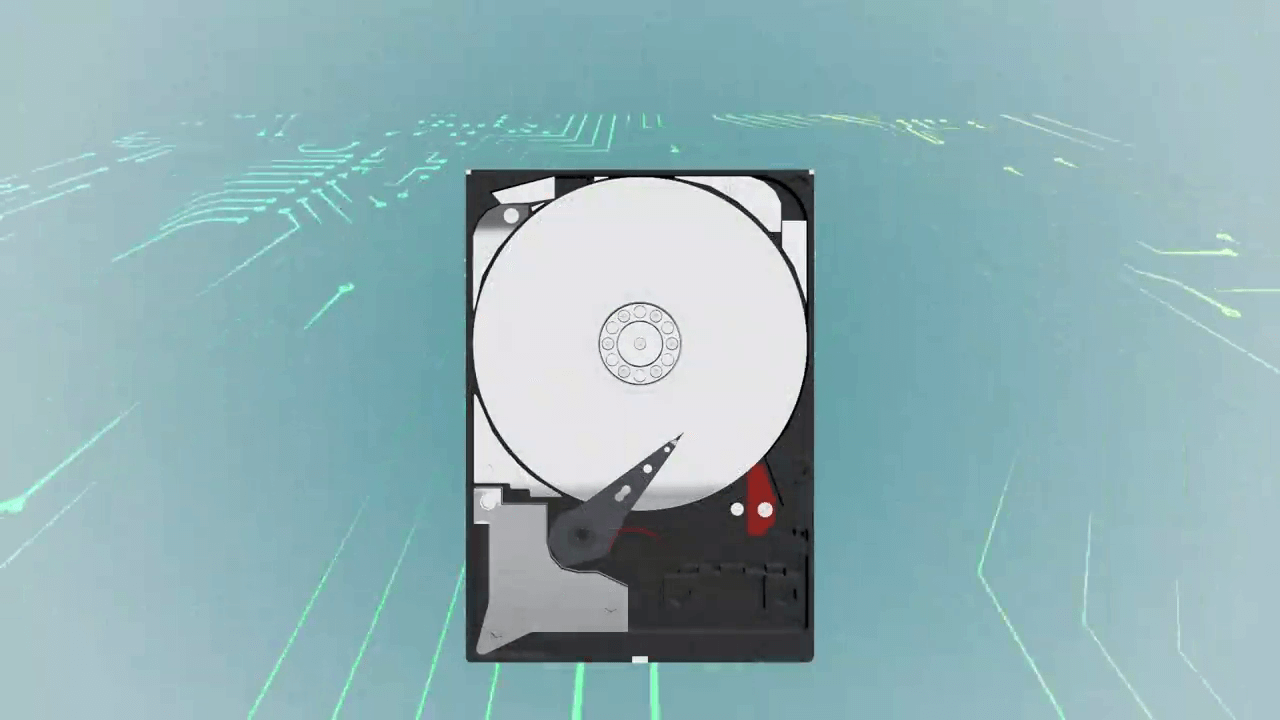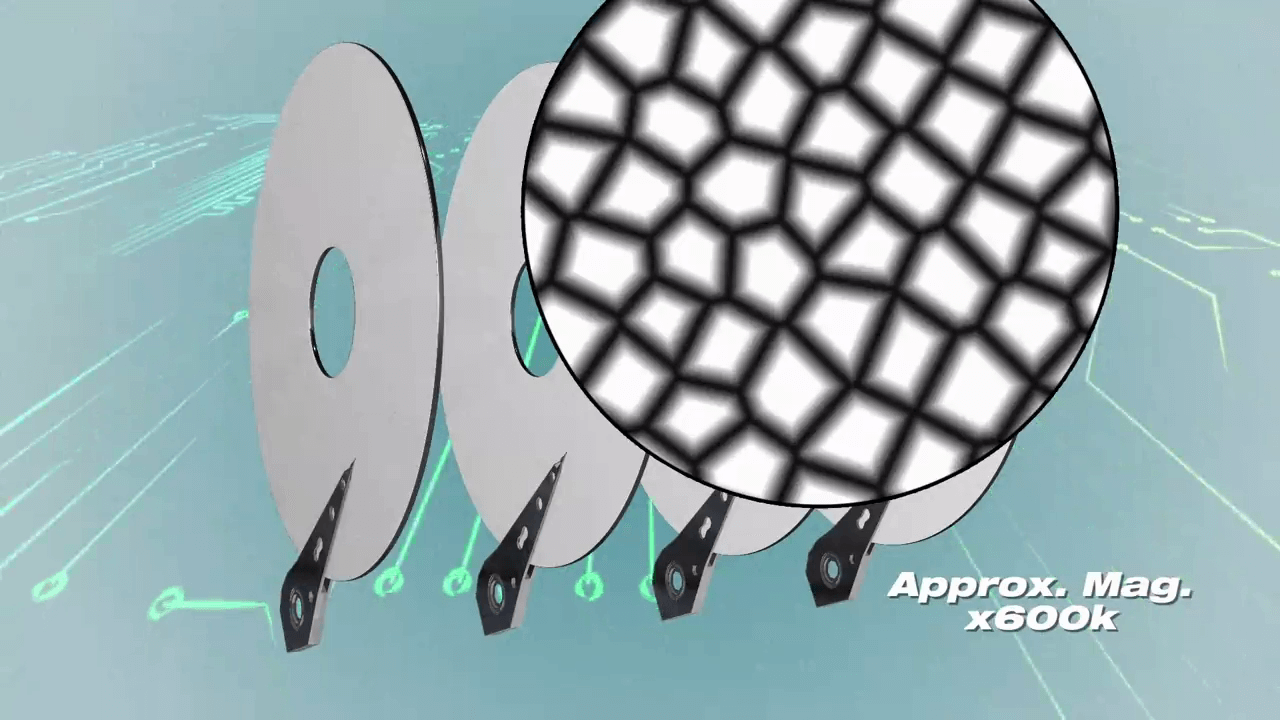Hard Drive-Imagine an airplane flying one millimeter above the ground and circling the earth once every twenty-five seconds while counting every blade of grass.

Shrink all that down so that it fits in the palm of your hand and you’d have something equivalent to a modern hard drive an object that can likely hold more information than your local library so how does it store so much information in such a small space.

Table of Contents
How does Hard Drive Stores data?
At the heart of every hard drive is a stack of high speed spinning disks with the recording flying over each service each disk is coated with a film of microscopic magnetized metal grains and your data doesn’t live there in a form you can recognize instead it is recorded as a magnetic pattern formed by groups of those tiny grains each group also known as Bit.

All of the grains have their magnetization aligned in one of two possible states which correspond to zeros and one’s data is written onto the disk by converting strings of bits into electrical current fed through an electromagnet this magnet generates a field strong enough to change the direction of the metal grains magnetization.
Also Read this:-How does Wi-Fi and Cell Phone Works?
How we are able to retrive data from HDD?

Once this information is written on to the disk the drive uses a magnetic reader to turn it back into a useful form much like a phonograph needle translates a records grooves into music.
But how can you get so much information out of just the zeroes and one well by putting lots of them together for example a letter is represented in 1 byte or 8 bits.
And your average photo takes up several megabytes each of which is 8 million bits. Because each bit is to be written on a physical areal of a disk we are always seeking to increase the area density of the disk or how many bits can be squeezed in one square inch.

The areal density of a modern hard drive is about six hundred gigabits per square inch three hundred million times greater than that of IBM’s first hard drive from 1957.

This amazing advance in storage capacity wasn’t just a matter of making everything smaller but
Development in Storage devices.
Involved in multiple innovations a technique called the thin film lithography process allowed engineers to shrink the reader and writer.
And despite its size the reader became more sensitive by taking advantage of new discoveries in magnetic and quantum properties of matter.
Bits could also be packed closer together thanks to mathematical algorithms that filter out new ways for magnetic interference and find the most likely bit sequences from each chunk of EBAC signal.

And thermal expansion control the head enable by Placing a heater under the magnetic writer allowed it to fly less than five millimeters above the disk surface about the width two strands of DNA for the past several decades the exponential growth in computers storage capacity and processing power has followed a pattern known as Moore’s law which in 1975 predicted that information density would double every two years.

But at around one hundred gigabits per square inch shrinking the magnetic grains further or cramming them closer together post a new risk called the super paramagnetic affect.
When a magnetic grain volume is too small it’s magnetization is easily disturbed by heat energy and can cause bits to switch and intentionally leading to data loss. Scientists resolved this limitation in a remarkably simple way.
By changing the direction of recording from longitudinal to perpendicular. Allowing areal density to approach 1 terabyte/ square inch.

Future of Hard Drive
Recently the potential limit has been increased yet again through heat assisted magnetic recording (H.A.M.R) this uses an even more thermally stable recording (H.A.M.R) whose magnetic resistance is momentarily reduced by heating up a particular spot with a laser and allowing data to be written and while those drives are currently in the prototype stage scientists already have the next potential trick up their sleeves.
Bit patterned media we’re bit locations are arranged in separate. Nano sized structures potentially allowing for areal densities of 20 terabits per square inch or more.
So it’s thanks to the combined efforts of Generations of engineer’s material scientists and quantum physicists that this tool of incredible power and precision can spin in the palm of your hand.


Comments are closed.